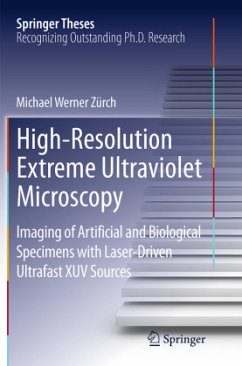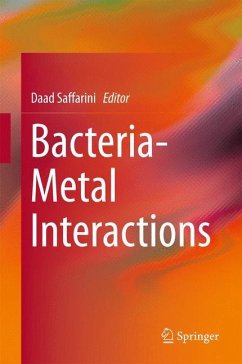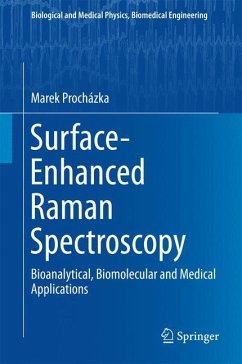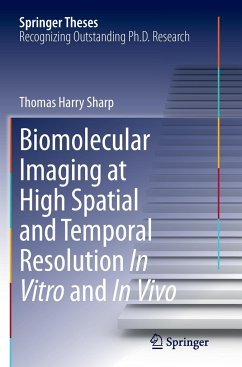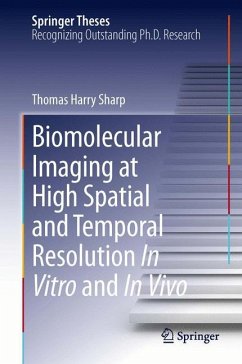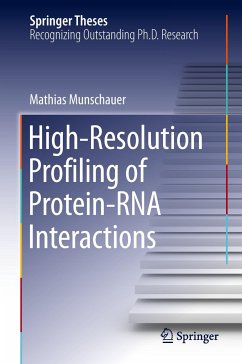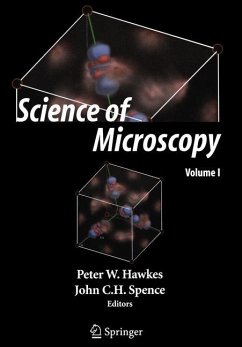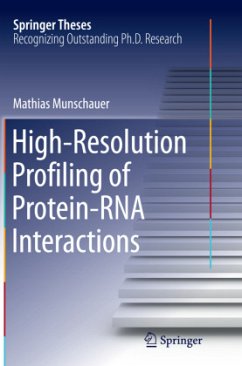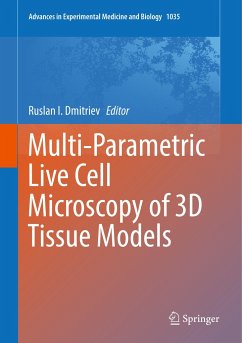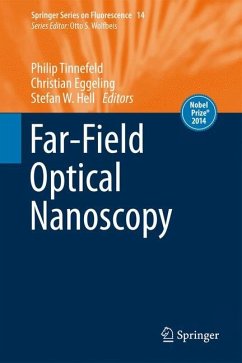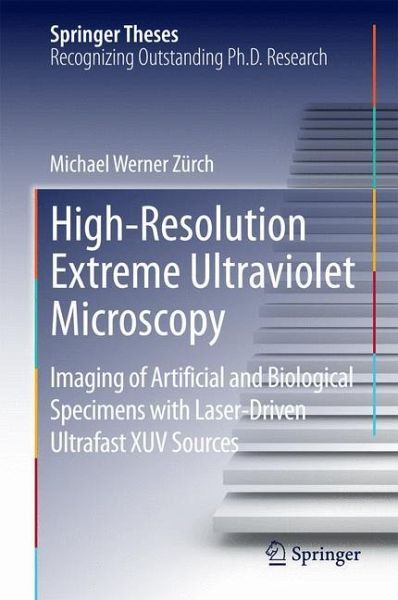
High-Resolution Extreme Ultraviolet Microscopy
Imaging of Artificial and Biological Specimens with Laser-Driven Ultrafast XUV Sources
Versandkostenfrei!
Versandfertig in 6-10 Tagen
76,99 €
inkl. MwSt.
Weitere Ausgaben:

PAYBACK Punkte
38 °P sammeln!
This thesis describes novel approaches and implementation of high-resolution microscopy in the extreme ultraviolet light regime. Using coherent ultrafast laser-generated short wavelength radiation for illuminating samples allows imaging beyond the resolution of visible-light microscopes. Michael Zürch gives a comprehensive overview of the fundamentals and techniques involved, starting from the laser-based frequency conversion scheme and its technical implementation as well as general considerations of diffraction-based imaging at nanoscopic spatial resolution. Experiments on digital in-line h...
This thesis describes novel approaches and implementation of high-resolution microscopy in the extreme ultraviolet light regime. Using coherent ultrafast laser-generated short wavelength radiation for illuminating samples allows imaging beyond the resolution of visible-light microscopes. Michael Zürch gives a comprehensive overview of the fundamentals and techniques involved, starting from the laser-based frequency conversion scheme and its technical implementation as well as general considerations of diffraction-based imaging at nanoscopic spatial resolution. Experiments on digital in-line holography and coherent diffraction imaging of artificial and biologic specimens are demonstrated and discussed in this book. In the field of biologic imaging, a novel award-winning cell classification scheme and its first experimental application for identifying breast cancer cells are introduced. Finally, this book presents a newly developed technique of generating structured illumination bymeans of so-called optical vortex beams in the extreme ultraviolet regime and proposes its general usability for super-resolution imaging.





